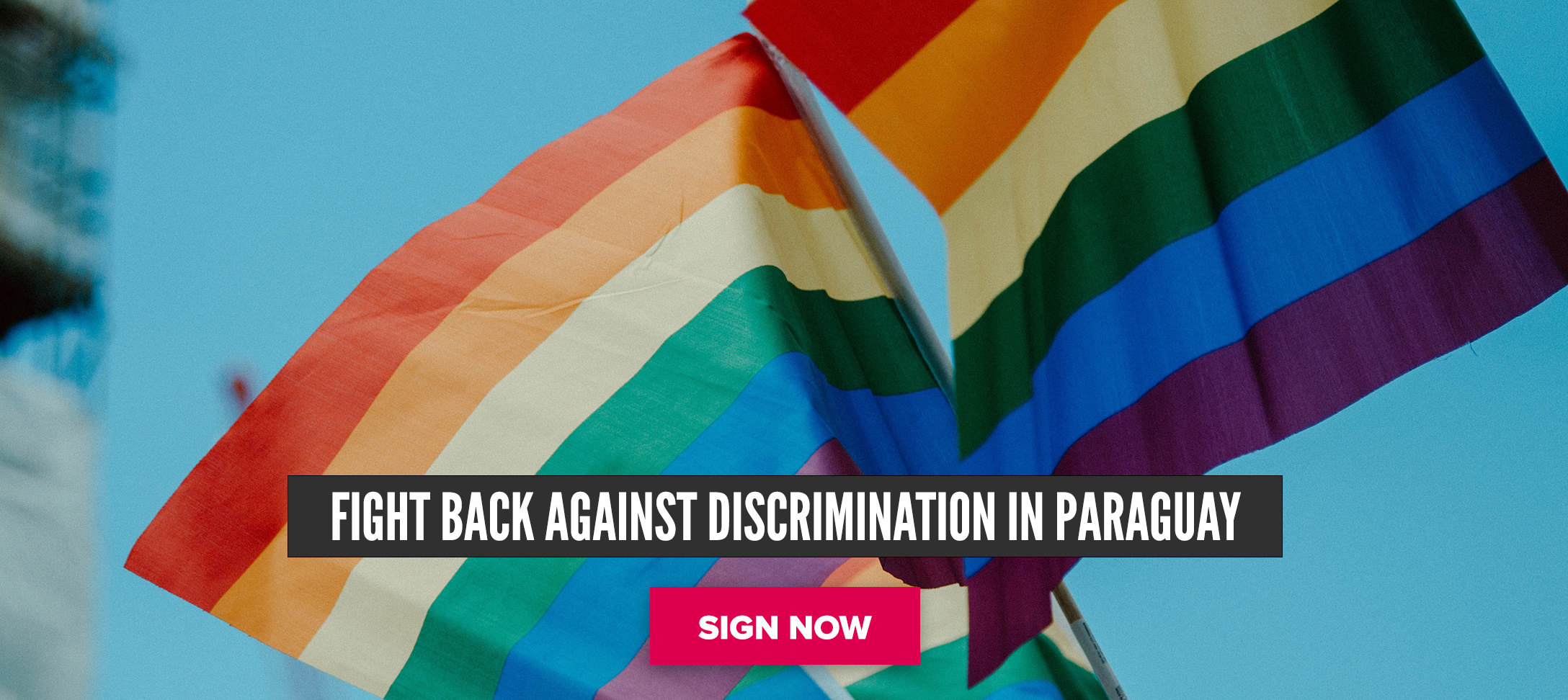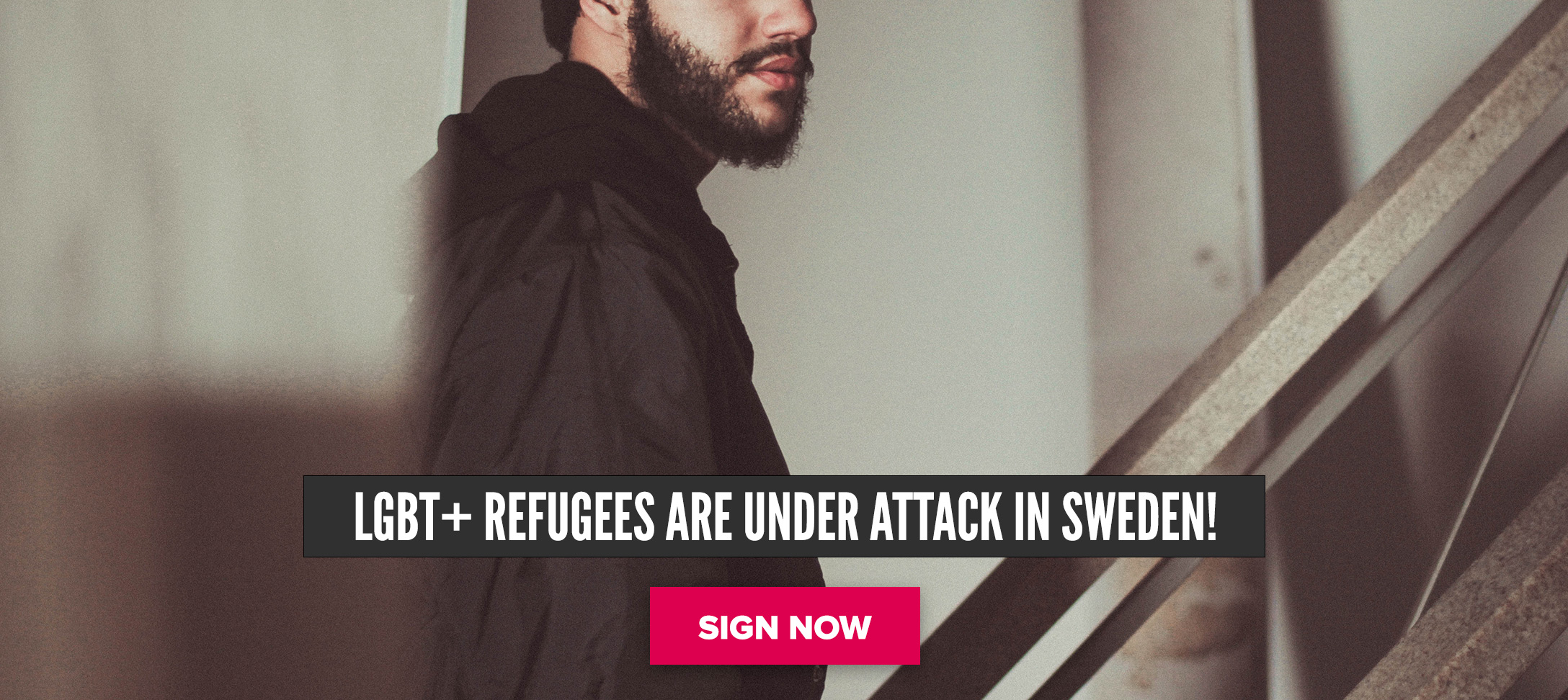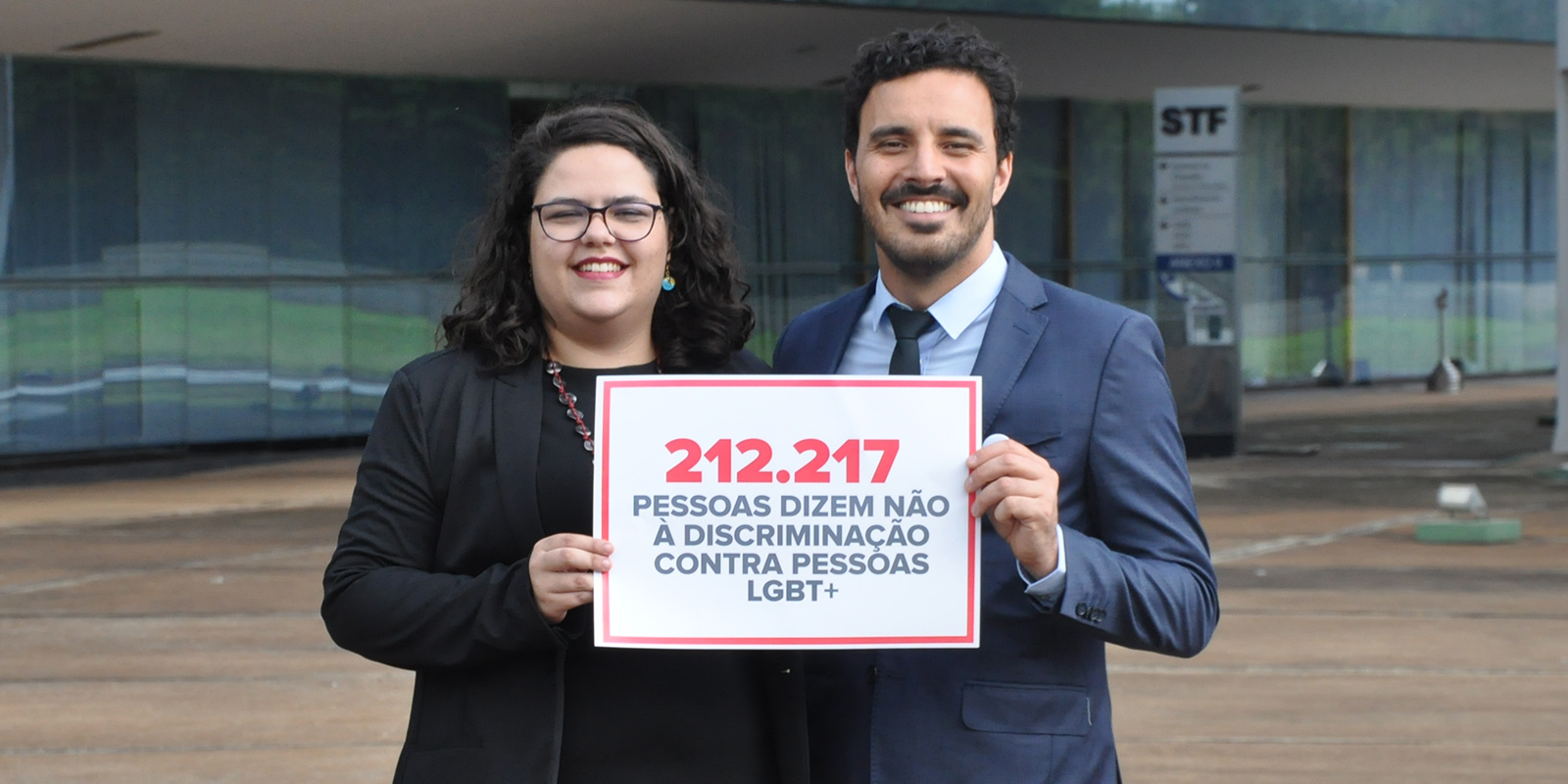How To Start A Petition: A Guide
Petitions are an excellent way to create meaningful change in the world. For that, we've pulled together some essential guidelines to help you create and run a successful petition for LGBT+ rights. Just click on each title to learn more.
1. Choose A Petition Topic You're Passionate About
To get started on your petition, you'll need a powerful title that will grab the attention of your signers. There's no perfect formula for a great title, but here's the one rule you should always follow: Keep it brief and to the point.
A good trick is to keep the wording on the title active; that means using strong action verbs like 'Fight back,' 'Protect,' 'Help,' 'Stop,' etc. at the beginning of your sentence.

Keep your title descriptive of what the campaign is about. You should bring attention to the main ask in your petition. Maybe a law is threatening the livelihood of LGBT+ people or someone is being prosecuted for being openly out in their country.

It's also helpful to mention the city, country or region where the issue is taking place. Alternatively, you can mention the person you are targeting if they are a visible decision-maker such as a lawmaker, politician or government institution.

2. Choose A Decision-Maker To Target
Choose a decision-maker that has the power to fulfill your petition ask.
When creating an online petition we need to make sure to target the person or group of people who could make the change you are pushing for. This might be someone like a lawmaker and politician, or a governmental department, institution, or company.Research Local Governments
If you're unsure who that would be, do some research around government positions and departments. Oftentimes there are specific committees of lawmakers responsible for specific areas of law, such as discrimination cases.
One route to getting your petition noticed is to look for someone that actually cares about your ask. This might be a politician that has shown support for LGBT+ rights in the past or a governmental organization that is committed to human rights in your country.
Contact Notable People
If you're targeting a corporation or business, you could target the CEO of the company. But you can also look for celebrity sponsors or LGBT+ influencers that are linked with the brand and make a direct appeal to them.
The letter to the target should appeal directly to this person or institution.
This way your campaign will feel more personal and is more likely to get through to them when you deliver the signatures.
3. Find An Impactful Image For Your Petition
The petition image will not only be the face of your campaign, but will also show up whenever you share your petition on social media, so look for something eye catching for casual scrollers on your timeline.

In the petition creation form, you'll see a selection of general images you can use. But we encourage you to upload you own image if you think that it would be a better fit! Here are some tips on choosing the best image for your campaign:
- Use high quality pictures. We ask for a minimum resolution of 1440x1440px.
- Represent your cause. Choose an image that speaks about your petition. Maybe a trans flag would be more suited for your ask if it relates to trans rights, or you might have an image of a specific event related to your petition.
- Be respectful of the place of origin. If your petition is targeting a country in the Caribbean it would be confusing if you used an image of people living in the US. Make sure your image makes sense with the place in which your petition takes place.
- Avoid adding text to your image. Since the size of the image will change depending on the width of the user's monitor or phone, it is likely that some of the text will be cropped. Be sure to add the text in the title and description only.
- Center the visual information. When selecting images, make sure that the visual information is centered. This is to guarantee that your image has the proper visibility on desktop and mobile devices.
- Be aware of copyright material. When selecting photos from the internet, be sure that you chose images that are free to the public to use. To do that, you can go to Google Images and select "Labeled for reuse" under "Usage Rights" before searching. Alternatively, you could also use Wikimedia Commons for free images.
- Credit the Photographer when needed. There are a number of free image banks that you can use. Be sure to correctly credit the photographer. Here are some online options:
Unsplash.com
Nappy.co
Pexels.com
- Ask for permission. If you are using a photo from your personal collection, be sure to ask for permission from anyone who appears in your picture.
4. How To Help Your Petition Be Effective & Get Seen

We have created this form so that it's easy to follow. You'll notice there's a character limit for each section to help ensure your petition will be formatted clearly. Each field also has a brief description to help guide your writing.
Remember, you can work on your draft and save changes for as long as you need. Your petition will only go live after it has been submitted and reviewed by an All Out staff member.
Petition title
The petition title will be the first thing a signer sees when they visit your page, so be descriptive but keep it short. For more tips on this point, check out How to write a powerful title.
Short description
The short description should be the basic summary of your campaign. Think of it as an old-school tweet. How would you explain your petition to someone in 140 characters? Be precise, sticking to the basic problem that your petition is addressing.
Long description
Feel like you didn't get a chance to add all the information of your campaign in the previous point? The long description is the place to do just that. You can add more context on your petition, like important events that have happened or how a win will impact the community. If your campaign has a deadline you should also include it in this section, this way people will understand the urgency of your petition.
Petition page image
The petition image will be the face of your campaign, so choose something that represents your ask. We have a selection of images you can choose from, but you can also upload your own image. For more tips, take a look at Finding the right imagery.
Name of decision maker(s)
The decision maker will be the target of your campaign. Who are you sending the signatures to? If you are targeting an individual, you should include both the name and the position of said person. To know more about how to choose the best target check out How to choose a decision-maker to target.
Letter to target(s)
The letter to your target should be a direct appeal to the decision maker. You can include the most important information, but make sure to frame it as a direct request to the decision maker. In this space, it's better to keep your wording professional, polite and factual. Remember, you are asking for help to someone that can actually enact change.
Wrapping up
At the end of the form you'll see a checkbox that says "I wish to be anonymous." You can check this box if you do not want your name to be visible on the public page for your petition.
After you are done drafting your petition, preview the petition and proofread the text, making sure there aren't any obvious grammatical mistakes or typos.
Once you are happy with your petition, click the pink button that says 'Submit for Review.' This will send your petition to an All Out staff member who will double-check that it's good to go. You will be able to edit your petition up until an All Out staff member starts your review.

You will get an email notification letting you know if your petition has been approved or rejected. If your petition is rejected, you will get direct feedback from the All Out staff member who reviewed your petition, letting you know what's missing or needs to be adjusted before we publish it.
As soon as your petition is approved it will go live and you will be able to share it with friends and family and start collecting signatures!
5. Deliver your signatures Post Petition
Delivering your signatures is a crucial part of the life of any campaign. People are signing your petition with the understanding that the target will actually see it!
Try to wait until the last possible moment to download the signatures to make sure you're getting as many as possible before your delivery deadline.
The first thing you need to do is download the signatures from your account. Go to the dashboard for the petition. Next to the "Petition Statistics," you’ll see the "Start signature download" button.

Once clicked, a pop-up box will ask you to confirm and an email will be sent to your email address on file. The email will provide a link to download a PDF file of your signatures.
You should also start thinking about the way in which you'll deliver the signatures. You can deliver the files electronically via email directly to your target (if you have their email address), or mail a letter to your target with a copy of all the signatures (if you have their mailing address).
Research your target
If you're struggling to find a way to contact your target, the internet is your best friend! Search around for your target's contact information, or even try reaching out to them on social media.
If you're targeting someone from your local government, you could print out and deliver the signatures personally! (If you do this, be sure to get the word out to local media.)

Delivering your signatures is all about calling attention to your petition ask, so don't be afraid of being creative. Maybe you can gather some friends and stage a protest during the delivery. Think outside the box. Good luck!
